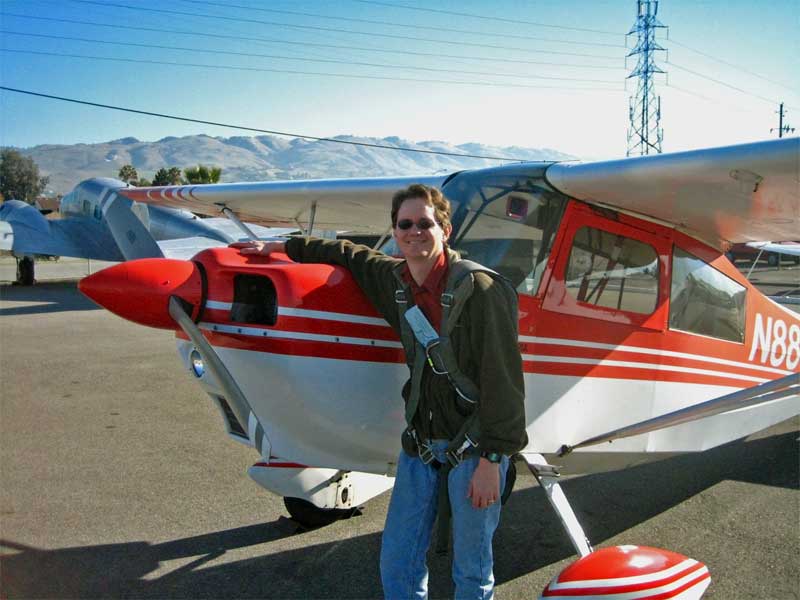Sam, your post did indeed prompt mine, but I did not quote you on purpose. I do not know you, nor do I know your skill set, or what particular fears you have or don't have. I did not mean to imply you were a "fearful" pilot, nor do I mean in any way to demean your skills or judgement. However, your post rang a very familiar bell I have heard over the many years I have been an instructor, is all. And that is:
I do believe the majority of pilots are afraid of accelerated stalls, and/or spins. I believe the majority of flight instructors are as well. I said it that way to catch the attention of those who feel these fears. It's a healthy fear, but needless. (Or perhaps I should use the word "respect" instead of fear, pilots don't like that word, I guess.)

And no, I do not think of non-aerobatic pilots as "inferior". Just "under-trained"!

I wrote my post that way intentionally. No need for a thick skin, I posted because I believe very strongly in the value of spin/unusual attitude/aerobatic training. I am sorry you took it personally.
Experienced aerobatic pilots don't have to think about recovery techniques in a situation, be it accelerated stall/,wake vortex encounter, low and slow uncoordinated base turn to final, they will feel the airplane telling them something is wrong, or going wrong, and then react almost instantly and
automatically with the correct control inputs. If I can feel the airplane, and react correctly without thinking, isn't that better than all the shiny instruments I can afford to stick in my airplane? If I can "feel" what the airplane is telling me, now my eyes are outside the cockpit for a longer period of time while in the traffic pattern - the place where most midairs happen - instead of looking at the instrument panel. Isn't that a good thing?
My post was not meant as a dig, it was meant as a strong endorsement of the value of spin/unusual attitude/aerobatic training. It was meant to show how I became a better, safer, less fearful pilot, and to encourage others to do the same.
Aerobatic training may not fit everyone's "mission profile", and that's fine, I won't force anyone to get it, or lobby that laws be passed. I'm about as libertarian as they come. I have had a very few aerobatic students who, despite all their best efforts, could not get past the queasiness. It's not for everyone, I get that.
But I believe with all my heart, if you can do it, and will do it, it will make you a better, safer pilot than you already are.
Cheers





